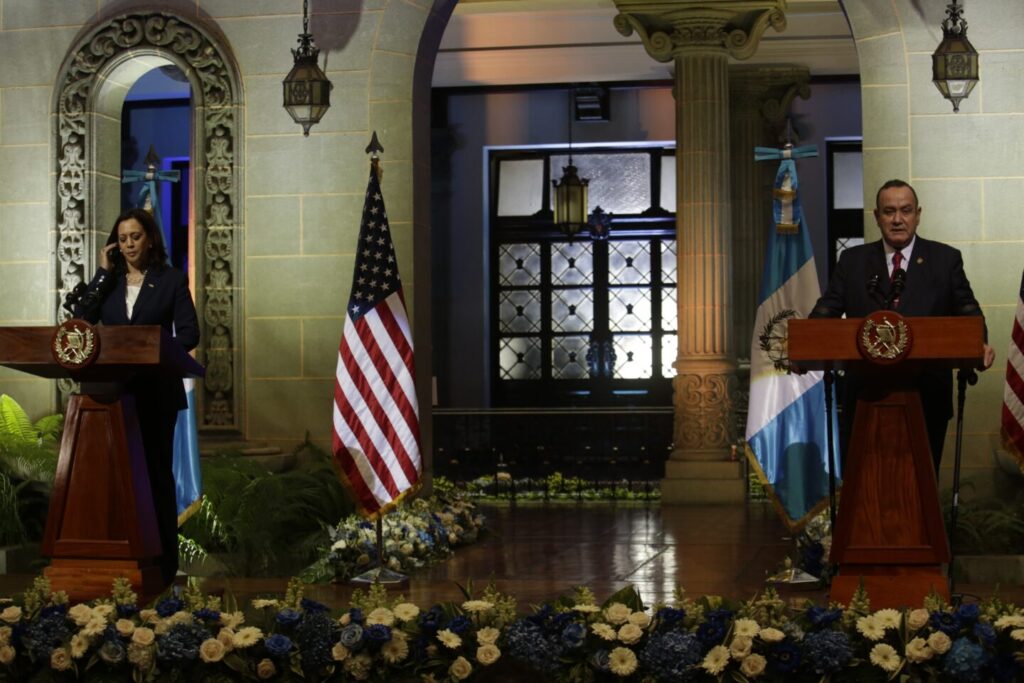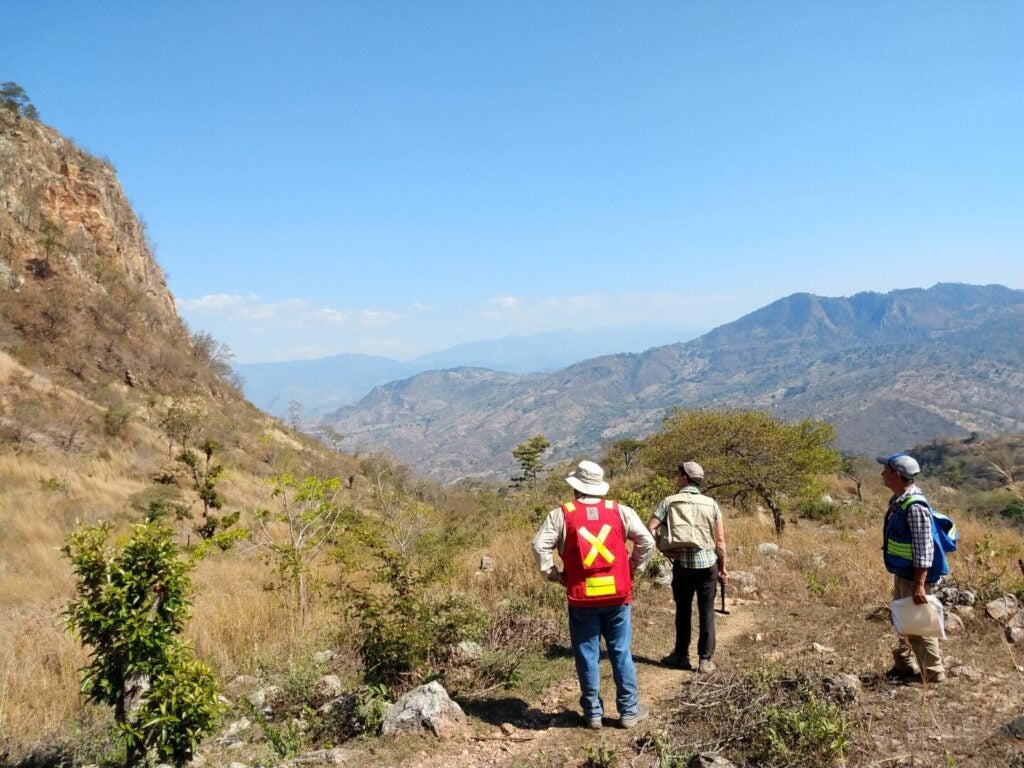
A $400m international arbitration suit filed by the US-based miner Kappes, Cassiday & Associates (KCA) against the Guatemala Government at the World Bank’s International Centre for Settlement of Investment Disputes (ICSID) could yet decide the future of gold mining in the Central American country.
For close to a decade KCA has been trying to develop its Tambor gold operation, a high-prospect gold mine in Guatemala, but with little success. Anti-mining sentiment remains an issue in the country and the local community is steadfastly against the mine’s development. Water in the area known as the ’dry corridor’ is scarce and locals claim that KCA’s mine would have a dire impact on its availability and their health by aggravating the already considerable presence of arsenic in the area.
Semilla, a local opposition party, has called for a 10-year halt to any new mining projects, and in 2015, a local court ruled to suspend decision activities at the gold mine on the grounds of lack of prior consultation with the affected communities. But community members, living near the gold mine situated just north of Guatemala City fear that the government could ultimately ignore the court.
The popular will against gold in Guatemala
The administration of Guatemala’s President Alejandro Giammattei has made no secret of the fact that he strongly supports the country’s mining sector. Late last year, the Guatemalan Government gave its troops special powers and suspended basic constitutional guarantees during a consultation process over a nickel mine, during which time the mine was allowed to continue operating. To pre-empt the same thing happening at Tambor the local communities have maintained a round-the-clock protest camp in front of the laneway to the mine site for the last ten years.

This vigil has kept the KCA project in a state of limbo for roughly a decade, but things could be about to change. Between 29 and 30 August this year, the ICSID finally held a virtual public hearing between KCA and Guatemala, where closing arguments on jurisdiction merits and counter-claims were made.
The company is hoping that the international arbitrators will reverse the local court’s 2015 decision and rule in its favour. While, at time of writing, the ICSID had yet to deliver its verdict, if the ICSID does rule in KCA’s favour it could lead to a reversal of a trend which has seen gold production in the country decline over the past decade.

US Tariffs are shifting - will you react or anticipate?
Don’t let policy changes catch you off guard. Stay proactive with real-time data and expert analysis.
By GlobalDataData from the economic and research body CEIC and the US Geological Survey shows that from a high of 11,890kg produced in 2011, gold output dropped sharply to 6,473kg the following year to lows of 200kg in 2018 and 2019.
Last year, Minister Alberto Pimentel claimed that the sector could grow to account for more than 5% of GDP compared to less than 0.5% currently, if political issues are addressed adequately.
Half-hearted assessments
For its part, the government appears to be broadly in favour of stopping production at the Tambor mine. The government has claimed that KCA’s original environmental impact assessment was incomplete and “should not have been approved”, and that KCA has violated around half of its environmental obligations it is compelled to complete as part of its work.
However, some fear that the government’s assessment has been half-hearted. In late March, a delegation of 12 US Congressional members visited Guatemala as part of a fact-finding mission to Central America. In a letter to secretary of state Antony J. Blinken after the visit, the delegation noted that, “The government’s show of support for the resistance is no guarantee that it will not repress its own people again to try to restart mining activities. The Guatemalan Government should act on the evidence of the illegality and illegitimacy of KCA’s gold mine to cancel the project once and for all.”
Indeed, the Guatemalan authorities are now targeting a swift conclusion of consultations with indigenous communities in order to pave the way for a restart of the suspended gold mine as well as Pan American Silver’s Escobal silver asset and Solway Investment Group’s Fenix ferronickel mine. These have all been suspended in recent years in part due to injunction requests by the local NGO Calas.
However, last December the energy and mines ministry (MEM) successfully completed a court-mandated consultation with indigenous communities around the Fenix mine late that restarted operations in January.
Do all investments in the country follow a pattern?
MEM now aims to use the process used at the Fenix mine as a template to enable it to accelerate other consultations. The local state newsletter Central American Diary quoted Minister Alberto Pimentel as saying, “We now have a tried and tested methodology which works and which we will be applying in other consultation processes.
“The dynamic of the right of extraction at Fenix shows us that it is possible to organise all the institutions involved and, in a few months, achieve agreement, which implies [that it is] more than simply a roundtable discussion,” Pimentel said. MEM expects to complete a new consultation at Tambor by the end of this year.
There is a similar story at Volcanic Gold Mines’ Holly project, in eastern Guatemala. Volcanic’s president and CEO, Simon Ridgway, said in September that the mine could have access to over 400,000 ounces of gold equivalent, alongside “multiple high-grade gold and silver occurrences”. Yet the mine was attacked in February this year, with local people fire-bombing a drill rig and causing significant damage, highlighting the widespread nature of local opposition to large-scale mining, and suggesting that the MEM’s approach has not helped minimise conflict and resentment.

Following the incident, Volcanic organised technical sessions where the presidential commission held round tables in the area of Holly and Banderas. These were presented as an opportunity for all parties to discuss the benefits of advancing mineral exploration in the region and provide opportunities for the small minority to present their concerns.
The future of gold in Guatemala
Gold mining in Guatemala has a long history going back centuries to the Mayan civilisation. But whether it can be revived sufficiently in the modern era to become a thriving part of the country’s economy depends on a number of factors, not least of which is a ruling by the ICSID on the KCA project that is still pending.
Guatemala has also endured many years of conflict that has made it unattractive to many foreign investors, with the Fraser Institute ranking Guatemala “last” amongst all jurisdictions in terms of investment attractiveness in 2017. Incidents such as the violence at the Holly project, and the fact that Guatemala ranks 26th in the world in terms of crime rate, according to the World Population Review, have done little to convince foreign investors that Guatemalan gold is an asset worth backing.
Local hostility to mining operations is also endemic and effectively put an end to operations at the Marlin Mine, Guatemala’s first large-scale gold mine. It began development in 2005 as an open pit and underground mine making use of a conventional milling circuit to process the gold ore.
However, the San Marcos area where the mine is located is home to an agricultural community which pushed back against the mine hard enough that production ceased in 2017. In light of Marlin, and with the fate of other mines hanging in the balance, potential investors may well choose to be cautious.



